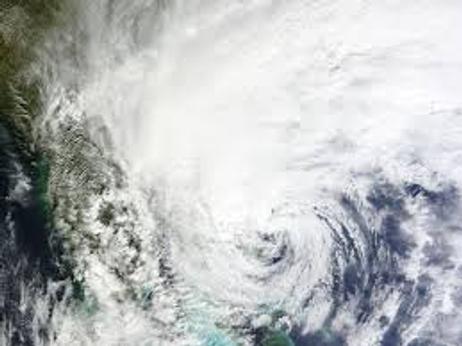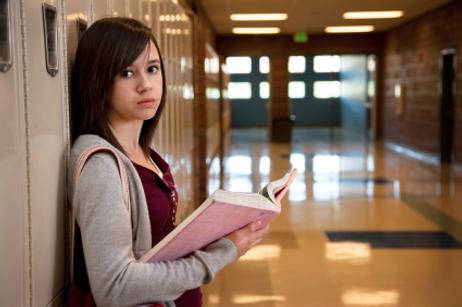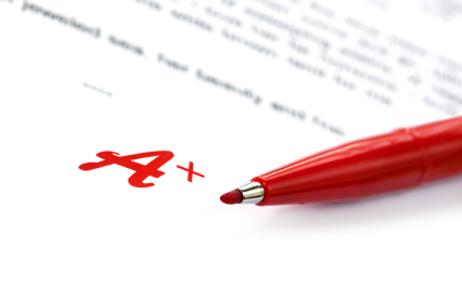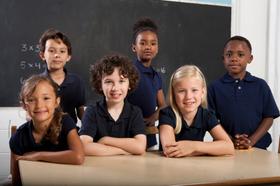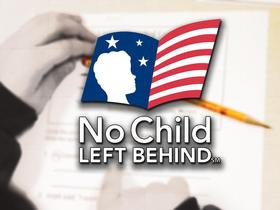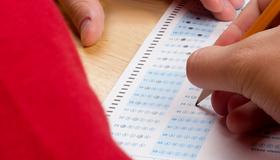When a child struggles academically, the problem may be out of a parent’s scope of expertise. This may be the time to consider a tutor to help a student over the rough patch. How do you know which tutor will be able to offer the most help to your child? Ask these ten questions before determining which professional best meets your child’s needs.
Which subject is causing the most difficulty?
Before considering a tutor for your child, it is important to identify the specific areas in which your child needs help. This typically involves a conference with the teacher to determine which subjects are causing your child the most difficulty. Reading should be evaluated first since reading troubles can also cross into other subjects. According to Education News Colorado, math and science are also common subjects requiring tutoring.
Does my child face organizational or academic challenges?
For some students, school issues are pointedly academic, such as the child who is struggling with reading or sums. However, if you notice your child is performing well on tests but showing more difficulty with homework, the cause of the problem could be more organizational than academic. Does your child have trouble keeping track of assignments? Does he complete assignments but fail to turn them in? Organizational issues may require a different type of tutoring than academic problems.
This video sets out criteria you should look for when choosing a tutor.



